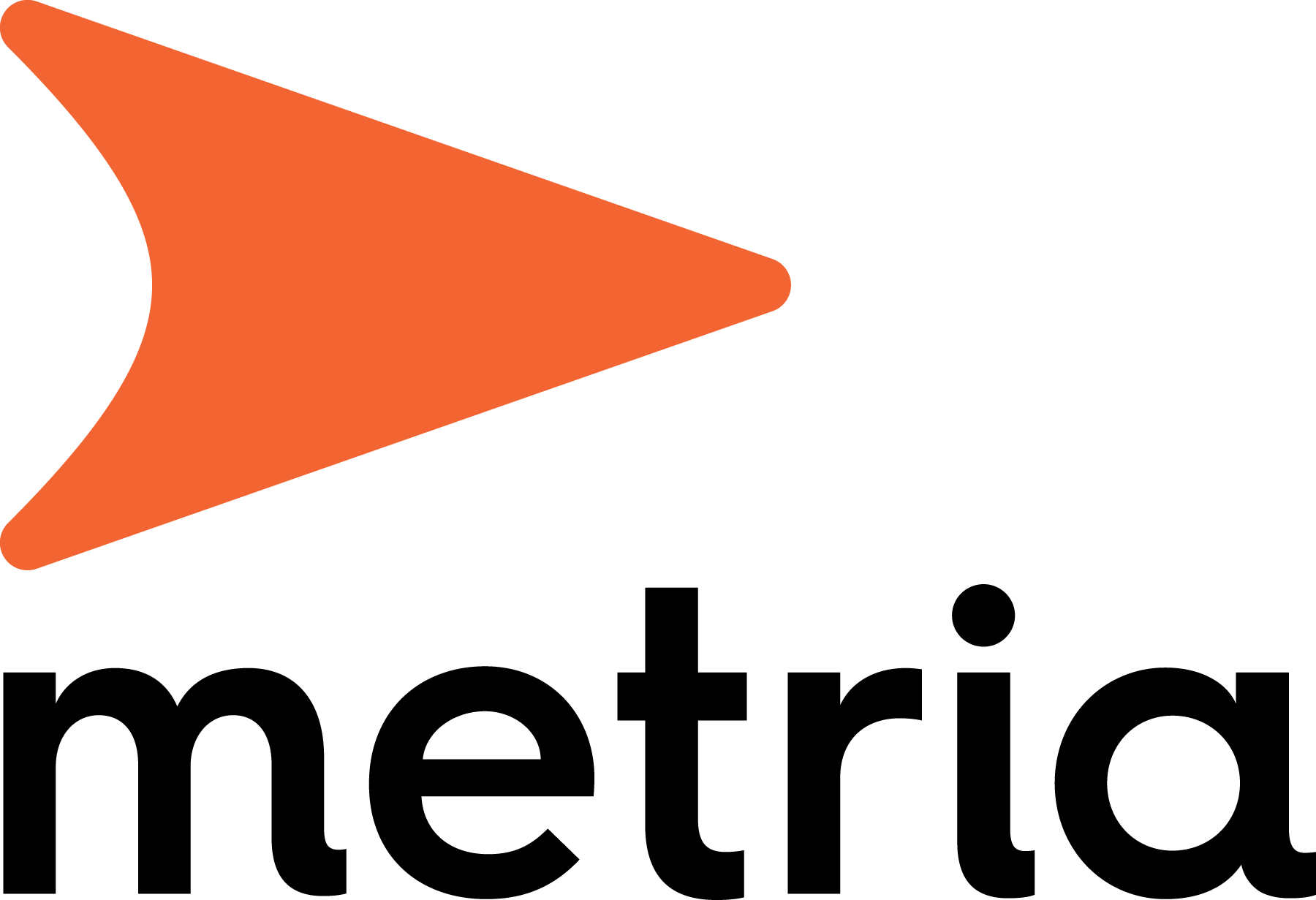In June 2023, the state-owned mining company LKAB signed an agreement with Metria to use the Metria Miljökoll service. The service is used to collect, validate and report measurement data on groundwater levels from LKAB's measurement objects located around their facilities in Kiruna, Svappavaara and Malmberget.
"LKAB, Luossavaara-Kiirunavaara AB, is Europe's largest iron ore producer and was founded in 1890. Iron ore is mined underground in the mines in Kiruna and Malmberget, and in open pits in the Svappavaara fields. LKAB ships its products to customers all over the world via the ports of Luleå (Gulf of Bothnia) and Narvik (Atlantic Ocean). "The environment is a major issue for LKAB and we are currently undergoing a major transition of operations towards zero carbon dioxide emissions by 2045," says Björn Svanelöv at LKAB's environmental department.
All environmentally hazardous activities under the Environmental Code carry out a so-called self-monitoring of how they affect their surroundings such as air, soil and water. To make the work with groundwater measurements more efficient and more quality assured, LKAB has chosen to use Metria Miljökoll. All measurement operators, whether they are employed by LKAB or are external suppliers, collect environmental data in a uniform way that is then validated with full traceability in the service.
|
Several advantages of a systematic and digital system for environmental measurements During the summer of 2022 and the winter of 2022/2023, LKAB conducted a thorough evaluation of the Metria Miljökoll service. About ten users participated in the test, which collected environmental data from about thirty measurement objects. During the winter, different types of devices were tested in the field with the aim of evaluating how data collection in Metria Environmental Check works in the cold. LKAB was satisfied with the test results and since June 7-8 users are working in Metria Environmental Check. Two advantages of Metria Miljökoll are that the measurements become digital at once. And secondly, a digital environmental measurement system offers the possibility of reasonability assessment of the measured values recorded in the field based on previous values and history. |
"I work with environmental data both based on statutory self-monitoring programsthat must be followed with the County Administrative Board as a supervisory authority and other groundwater data needed as a basis for specific investigations, for example for permit assessments under the Environmental Code. The measurement work has become easier with Metria Miljökoll, for example, because we now have the ability to add photos and coordinates of the measurement points and export data to Excel. It has been easy for users to learn the system and to set up measuring points. In addition, it is an advantage to be able to report errors on measuring points, such as that the water has frozen in the pipe this winter, or that the pipe is damaged or broken."
Facts about Metria Environmental Check - a digital support for environmental measurements
Metria Environmental Check is a digital support for collecting, reviewing, validating and reporting environmental data. Environmental Check aims to control, continuously measure and detect risks in various types of infrastructure projects such as groundwater level, infiltration and surface water measurement.
The service is developed to support the implementation and follow-up of control programs in order to monitor the environmental impact of, for example, an industrial activity or during an infrastructure project.
This includes measuring and controlling the impact on the groundwater level, water temperature and subsidence in the ground and water chemistry, as well as monitoring seepage and infiltration.
Metria Environmental Check supports users in setting up and implementing their monitoring programs where all measurement objects and parameters are recorded, grouped and divided into appropriate measurement rounds. Measurement reporters register measured values in the field directly with the mobile phone and have alarms and reminders visualized in the service. Officers and observers review and analyze recorded measurement data and compare over time and across locations. Measurement results can be visualized in graphs with reference data in the service from SMHI.


